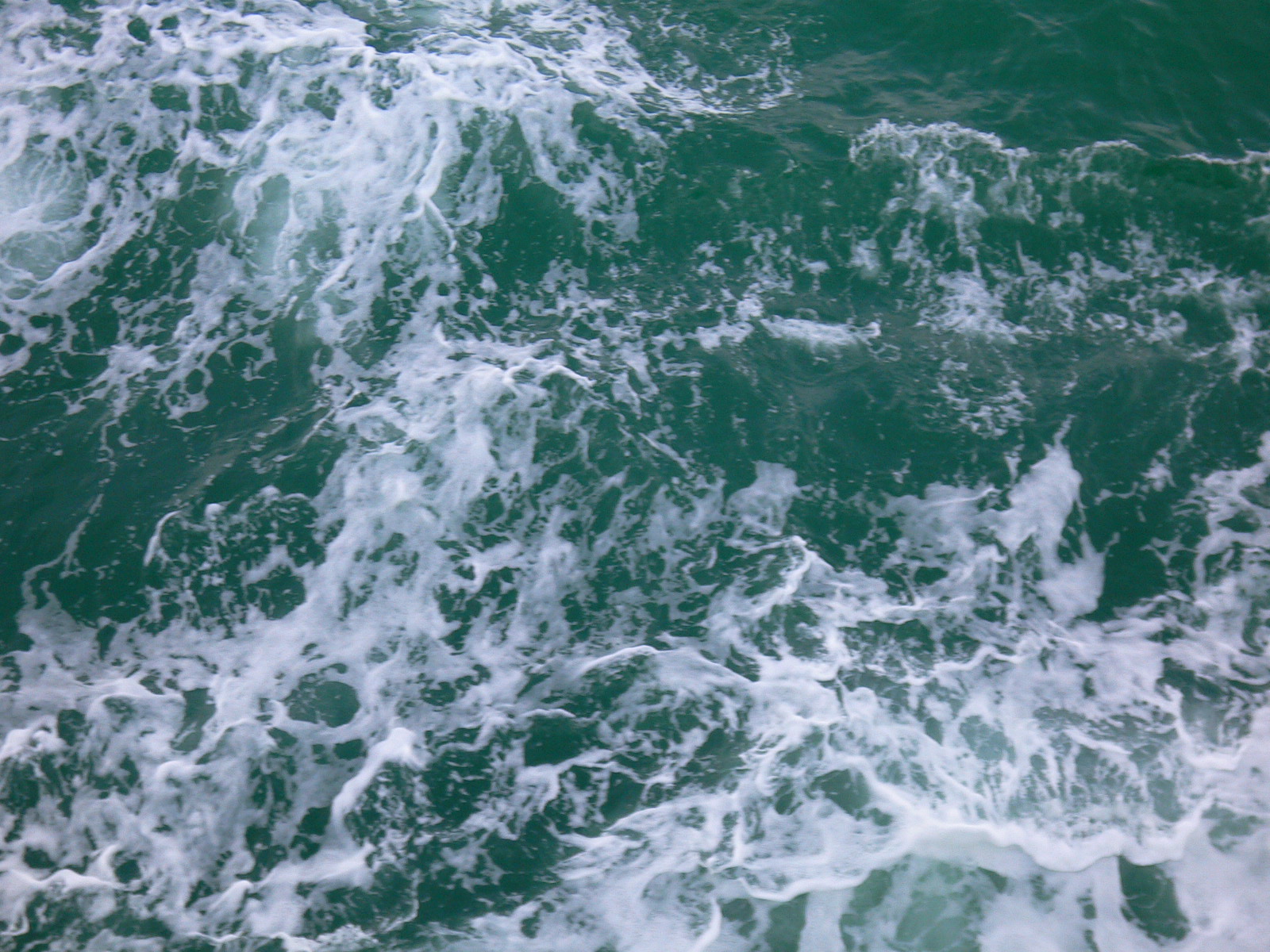Marine virus populations vary wildly: Georgia Tech, UBC research
January 25, 2016

January 25, 2016

The abundance of viruses in the world’s oceans varies wildly, regardless of the available ‘prey’, according to new research published by an international team that includes (UBC) University of British Columbia microbiologists.
The findings published in Nature Microbiology turn previous estimates on their heads, and inject a new source of variability into climate models and other biogeochemical measures.
“What was surprising was that there was not a constant relationship, as researchers had assumed, between the number of microbial cells available to infect, and the number of viruses,” said Joshua Weitz, an associate professor at the Georgia Institute of Technology and one of the paper’s two senior co-authors.
“A marine environment with 100-fold more viruses than microbes may have very different rates of microbial recycling than an environment with far fewer viruses. Our study begins to challenge the notion of a uniform ecosystem role for viruses.”
The researchers found the ratio of viruses to microbes varied from approximately 1 to 1 and 150 to 1 in surface waters, and from 5 to 1 and 75 to 1 in the deeper ocean. For years, scientists had used a baseline of 10 to 1 – ten times more viruses than microbes – which may not adequately represent conditions in many marine ecosystems.
“Marine viruses kill roughly 20 per cent of the oceans’ living matter by weight every day, so it’s vital that we get a better understanding of what is driving these variations from system to system,” says UBC microbiologist and Canadian Institute for Advanced Research (CIFAR) senior fellow Curtis Suttle, also an author on the paper. “That turnover or churn is a huge driver of the planet’s biogeochemical cycles, including the carbon cycle.”
Researchers at 14 institutions—co-led by professor Steven Wilhelm at the University of Tennessee, Knoxville—examined more than 5,600 estimates of ocean microbial cell and virus populations recorded over the past 25 years by 11 different research groups.
The statistical relationships between viruses and microbial cells, analyzed by first-author Charles Wigington from Georgia Tech and second-author Derek Sonderegger from Northern Arizona University, show the range of variation.
The available data provides information about the abundance of viral particles, not their diversity. The researchers says that viruses are selective in the microbes they target, meaning the true rates of infection require a renewed focus on virus-microbe infection networks.
We honour xwməθkwəy̓ əm (Musqueam) on whose ancestral, unceded territory UBC Vancouver is situated. UBC Science is committed to building meaningful relationships with Indigenous peoples so we can advance Reconciliation and ensure traditional ways of knowing enrich our teaching and research.
Learn more: Musqueam First Nation